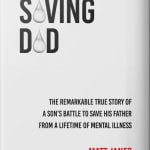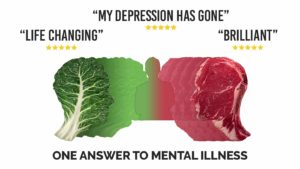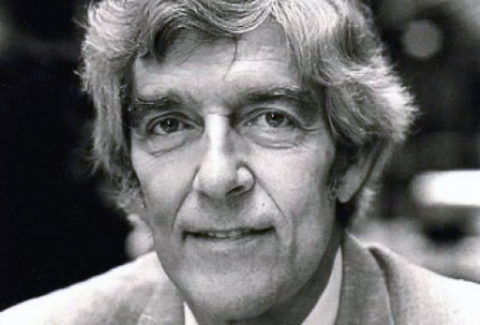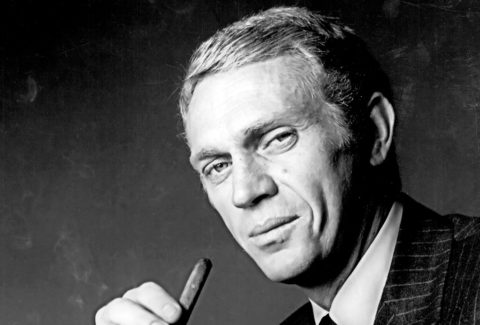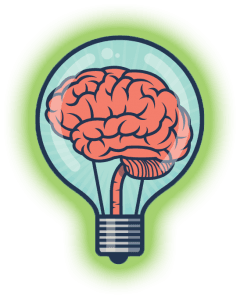One Answer to Cancer
July 9, 2021 2022-01-27 19:09One Answer to Cancer
One Answer to Cancer
In the fight against cancer, little attention is paid to nutrition. Instead, treatment is restricted to surgery, chemotherapy and radiotherapy. Had the work of three pioneering doctors not been overlooked by mainstream medicine, cancer treatment today would look very different and patients’ lives transformed.
Review the medical literature and you won’t find any cases of treating cancer which can match the extraordinary results of Dr. William Donald Kelley and Dr. Nicholas Gonzalez, who built upon the pioneering discoveries of Dr. John Beard.
Dr. William Donald Kelley
Dr. William Kelley’s successful orthodontic career took a dramatic turn in 1961, when, aged 35, he was diagnosed with pancreatic cancer, with metastases into his liver, lungs and bones. When he was told by his doctors that he had only two months to live, his primary concern was for the welfare of his four adopted children. He had a very real fear that they’d end up back in the orphanage.
In desperation, he began experimenting with his diet and much to his surprise, discovered that when he ate some foods, his tumours, which were protruding from his liver, became more enlarged and he immediately felt worse. Other foods made him feel stronger. He contacted his mother, a nutritionist, who told him that if he was going to live, he would have to follow her instructions.
Adhering to her diet, although he began to feel an improvement, he soon began to experience digestive problems, so took a visit to his local pharmacy, in search of something to ease his discomfort. The pharmacist prescribed some digestive enzymes, which he began taking with meals. Through instinct or genius, he then began taking the enzymes away from meals. At first, he took just a few at a time, then gradually increased the dose.
He was surprised to learn that when he took larger quantities of digestive enzymes away from meals, he could feel pain in his liver tumours. His mother, however, wasn’t at all surprised, informing him that the enzymes were attacking the tumours. “That’s what enzymes are supposed to do”, she said. To understand why she was indeed correct, we need to take a brief detour, to review the work of the brilliant Dr. John Beard.
Dr. John Beard and The Origins of Cancer
Born in 1856 and nominated in 1906 for the Nobel Prize for his work in embryology, Dr. John Beard went on to discover the origins of cancer.
Even in the early 20th Century, the characteristics of cancer cells were well understood. It was already known that they are:
1. Primitive and undifferentiated.
2. Proliferative, growing exponentially, without restraint.
3. Angiogenic, able to develop their own blood supply.
4. Invasive, able to penetrate the epithelial lining, basement membrane and underlying stroma of normal tissues.
5. Migratory, able to metastasise into distant parts of the body.
As an expert embryologist, Beard was able to make an exact comparison between cancer cells and those of the trophoblast. Trophoblastic cells are what grow into the placenta. Within days of conception, just like cancer cells, the trophoblast grows rapidly, invading the epithelium of the mother’s uterus, to establish a blood supply to the embryo.
Beard discovered that not only did these early placental cells behave like cancer cells; prolific, angiogenic, invasive and migratory, but looked like them too. Unlike normal cells, such as nerve, muscle or secretory cells, under the microscope, he could see that trophoblastic cells were undifferentiated, just like cancer cells.
He went on to discover that they differ from cancer cells in one, critical way. Trophoblast cells know when to stop proliferating. Cancer cells don’t. They continue to grow until they kill the host. He learned that these early placental cells make a remarkable transformation, from an aggressive, invasive cell, into a normal, mature one.
He spent 2 years investigating what could be the cause of this radical change, knowing the implication it could have for the treatment of cancer. Working 7 days a week, he finally unearthed the reason. The very day that this cellular transformation took place was the exact same time, 56 days after conception, as when the embryonic pancreas became activated and started to release proteolytic enzymes. He knew then that he had an answer to cancer.
(It is interesting to note that the pancreas of the embryo releases digestive enzymes two months into its nine month development, when it is already receiving, and will continue to receive for the next seven months, all of the nutrients it needs from the mother’s blood supply.)
Going against the commonly held belief that cancer cells are differentiated cells which go awry, Beard discovered that they were, in fact, trophoblastic in origin, which later stray and travel around the embryo in nests. These wayward trophoblast cells are what we know today as stem cells. He was 100 years ahead of his time.
In summary, Beard discovered that cancer cells are vagrant stem cells, growing in the wrong place at the wrong time, and go on to form a trophoblast, which is identical in its appearance and behaviour to cancer. Today, 120 years later, he’s been proved correct. Trophoblast is cancer, yet the medical literature still hasn’t caught up, nor has the treatment of cancer.
Dr. John Beard’s Cancer Therapy
Dr. Beard first proved his hypothesis in mice, completely eliminating their tumours using injectable enzymes. His success was first documented in the Dec 8th, 1906 issue of Medical Record, then in the March 23rd, 1907 issue of the Journal of the American Medical Association.
Following Beard’s results, several doctors adopted his enzyme therapy for the treatment of their human patients. In 1909, one of these doctors, Captain Lambelle of the Royal Army Medical Corps, used Dr. Beard’s injectable enzyme formula to treat a member of the 4th Battalion West Yorkshire Regiment, who was suffering from sarcoma of left upper jaw, pictured below. This photograph was taken on on July 15, 1909, four months after enzyme treatment had begun, at which time the necrotic tumour was dead, but still in situ.
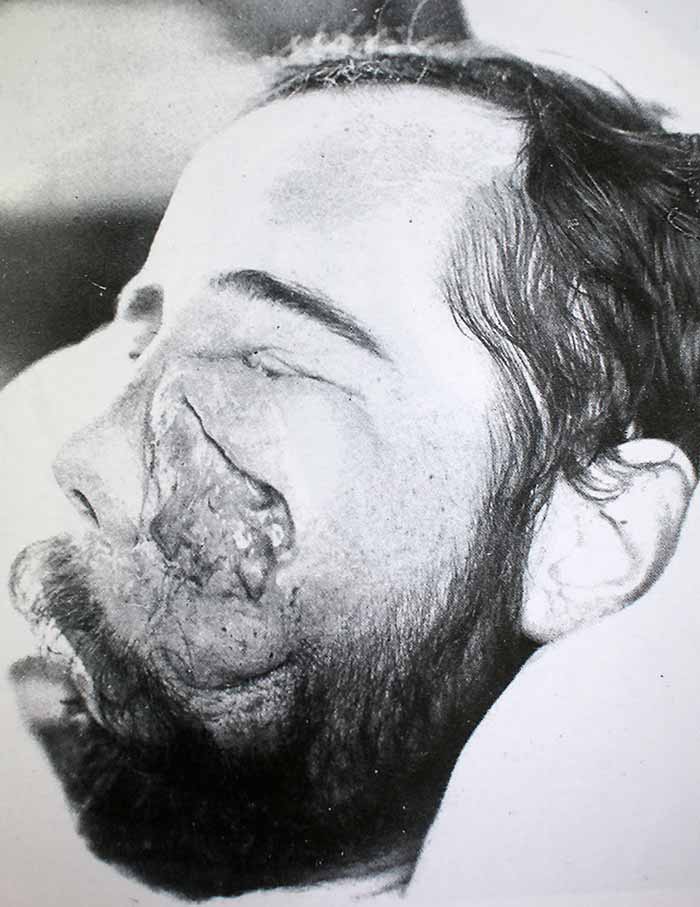
And here is a photograph taken on the same day, July 15, 1909, after the dead tumour had been lifted out with forceps without any bleeding or oozing.

On September 27, 1909, Captain Lambelle reported that, “The treatment has been continued until September 15, 1909, on which date the patient showed no sign whatever of malignant growth. All the necrotic tumor has been cast off; the mouth is clean and healed. The patient’s general condition has also greatly improved, though he is still debilitated from his long illness, and requires hospital treatment. A small plastic operation may be necessary to close the sinus in the cheek; this, with nutritious dieting and massage, will, I believe, complete the cure.”
The photograph below is of the same patient, taken on September 17, 1909.
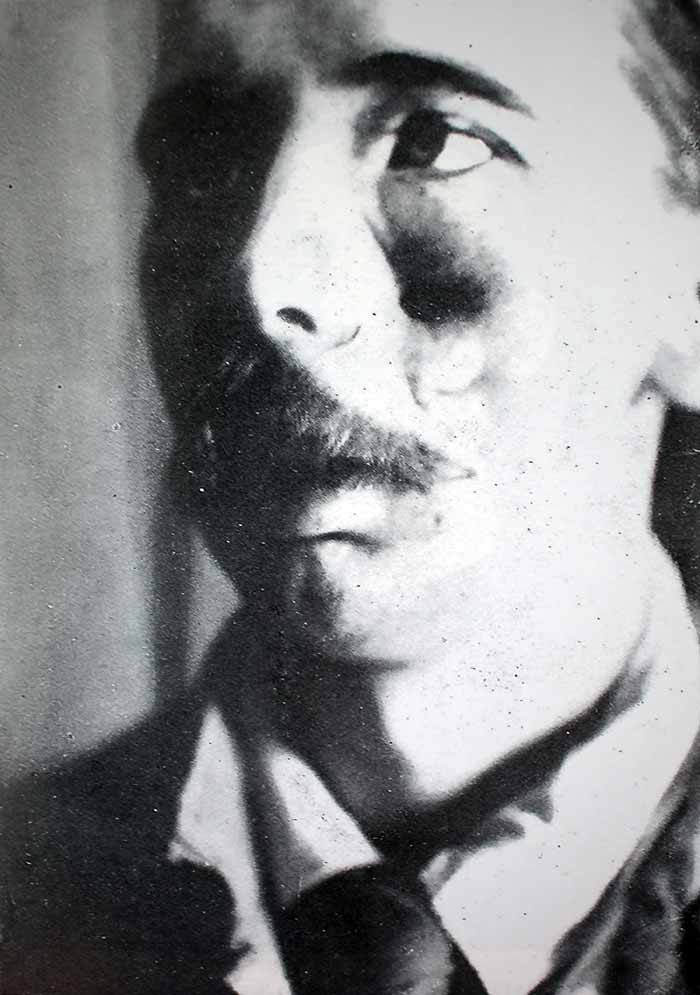
The final photograph of this patient was taken on October 14, 1910, fifteen months after his tumour had sloughed off, following his enzyme treatment:
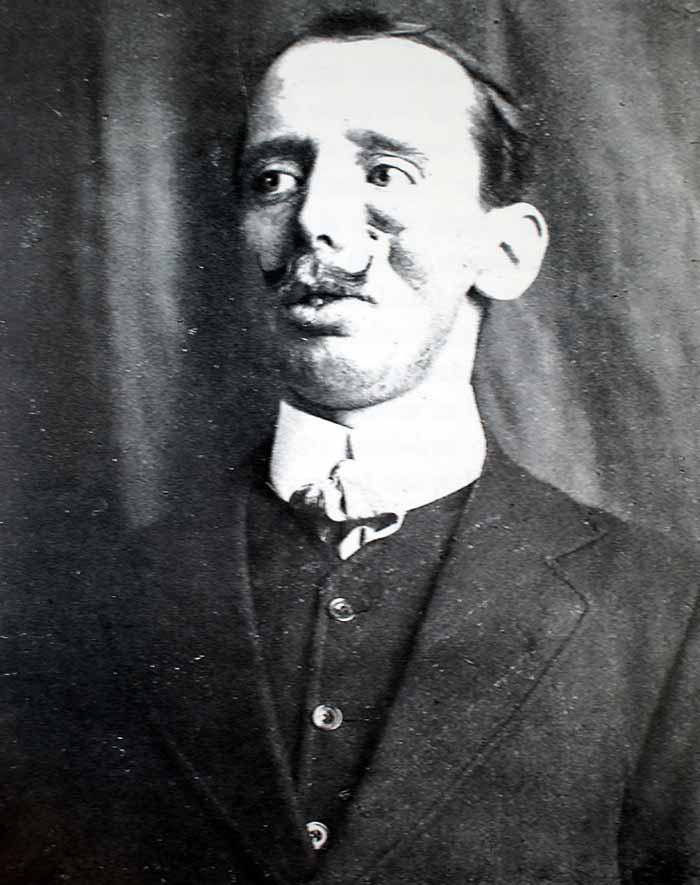
Dr. Beard documented his achievements in his 1911 book, The Enzyme Treatment of Cancer, where these photographs are published, but by the time he died in 1924, his findings had been largely overlooked in favour of Marie Curie’s work in the radiation treatment of cancer.
Had it not been for Dr. William Kelley, who resurrected Dr. Beard’s work half a century later, it would have been lost to obscurity.
Back to Dr. William Kelley
On the combination of a tailored diet and oral pancreatic enzymes, Dr. Kelley began to steadily improve. He thought that he might actually survive, until a week later, when his progress came to a dramatic halt. Worsening by the hour, he felt more and more pain in his abdomen, feeling so ill that he thought that he was dying.
His mother, however, quickly identified that he was suffering from what we know today as tumour lysis syndrome. The breakdown in his tumours was making his body toxic. Without action, she said, he would die, so she insisted that he perform a coffee enema, a well-practiced hospital procedure of her day. To his amazement, he immediately felt better, so continued them daily.
Over the next three years, Dr. Kelley put his stage IV pancreatic cancer into remission, after he’d been given only two months to live. He did so using a three-tiered protocol:
1. Regular doses of proteolytic enzymes
2. Body detoxification procedures, including coffee enemas
3. A personalised diet including natural supplementation
Dr. William Kelley’s Cancer Patients
By the late 1960s, word of his remarkable recovery had spread, so with a long queue of eager patients, he swapped his career in dentistry for one in cancer treatment. According to a radio interview recorded at the end of his practicing career, over the following decades, Dr. Kelley treated over 33,000 patients, many of whom suffered from advanced disease.
To begin with, Dr. Kelley prescribed them all the same diet, upon which his 1969 book, One Answer to Cancer, is based. However, by 1974, with the experience he gained through treating his many patients, he discovered that there was no one diet for everyone. Instead, it needed tailoring to the balance in their autonomic nervous system. After this discovery, his success rate of treating even advanced cancer became extraordinary.
Among his many success stories is Arlene Van Straten, pictured below, who in 1981 was diagnosed with Stage IV, biopsy proven pancreatic cancer, with metastasis into her liver. The metastasis was biopsy proven at the Mayo Clinic. She lived over 35 years beyond her terminal diagnosis, using Dr. Kelley’s protocol. At the time of her passing, in 2017, Arlene was the longest known pancreatic cancer survivor in the world. To put this into context, the average survival for stage IV pancreatic cancer is between 3 and 6 months.
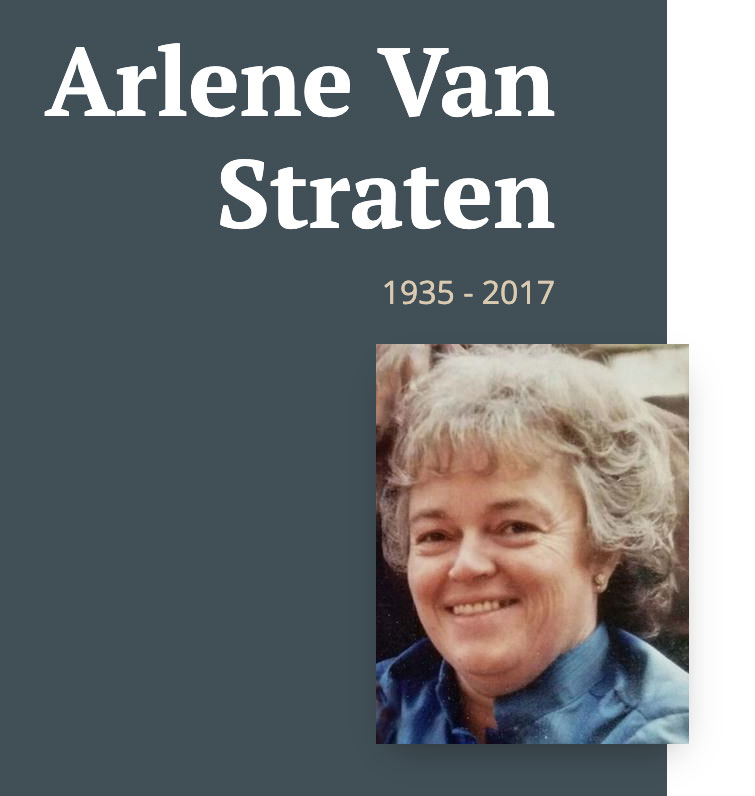
Another of Dr. Kelley’s patients is a stage IV uterine cancer patient, who, using his protocol, survived 34 years after her diagnosis, living until the age of 95. The average 5-year survival rate for stage IV uterine cancer is just 17%. These outcomes were unmatched the world over.
Dr. William Kelley died of a heart attack, aged 79, forty four years after his terminal diagnosis.
Dr. Nicholas Gonzalez
It is at this point where the story gets personal for me. To me, Dr. Nicholas Gonzalez is one of the greatest doctors who ever lived. He is a doctor from whom I learned so much and one of the reasons why I do what I do today; helping people to restore homeostasis, using nutrition.
His work, along with that of Dr. William Kelley, built upon my training in neuroscience, providing me with the knowledge to reverse my father’s lifelong battle with depression, as well as his Parkinson’s Disease. You can read the story in my book, Saving Dad, but if it weren’t for all of this rare knowledge, my father would likely still be dependent upon regular electroconvulsive therapy and psychiatric polypharmacy.
Although traditionally trained as an immunologist at Cornell University, after meeting Dr. Kelley, Dr. Gonzalez’s plan for his career took an abrupt turn, away from medical research and into treating serious illness. After their meeting in 1981, Dr. Gonzalez spent six years reviewing the case files of Dr. Kelley’s cancer patients. Although Dr. Gonzalez wasn’t an oncologist, his medical training told him that Dr. Kelley’s patient outcomes were extraordinary. He later published his findings in the book, One Man Alone.
For the next 28 years, until his untimely death in 2015, Dr. Nicholas Gonzalez contributed to the work of Dr. Kelley from his New York practice, successfully treating many hundreds of patients with not only advanced cancer, but many other serious illnesses, including depression, OCD, chronic fatigue, lupus and Guillain-Barre Syndrome.
Just like Dr. Kelley, Dr. Nicholas Gonzalez used a three-tier dietary protocol to achieve remarkable outcomes. These include a stage IV breast cancer patient who is alive and well 26 years after her diagnosis, plus stage IV pancreatic cancer survivors, alive and well 13+ years after diagnosis. He had hundreds and hundreds of cases like these. I have met several of them myself, including a 29 year survivor of breast cancer, who began as patient of Dr. Gonzalez in 1992. She refused radiotherapy and instead began the Gonzalez protocol and continues to thrive today.
From Drs. Kelley and Gonzalez, I learned that there is no one diet for everyone. Different people thrive on different diets. Some people benefit from a plant-based diet, others are genetic meat eaters.
The same goes for supplements. Some patients benefit from high doses of calcium, others need magnesium and potassium. Some need ascorbic acid as their source of vitamin C, others need calcium ascorbate. It all comes down to the autonomic grouping of the patient. The diet of some patients needs to be acidified, whilst others benefit from following an alkalinising diet. But whatever the cancer, there is a diet which is best suited to help. The key is to get patients back into homeostasis by manipulating their autonomic nervous system, using the nutrients contained in food.
Whatever the diet, like Dr. William Kelley, Dr. Nicholas Gonzalez’s nutritional approach was always supplemented with varying quantities of very particular digestive enzymes, plus a number of detoxification procedures, including the infamous coffee enemas. They may sound folksy, but there is no more efficient way of detoxifying the liver than through a coffee enema. They were used in hospitals for decades, featured in the Merck manual for 60 years, as well as regularly appearing in the main nursing textbooks as a method of detoxification, pain relief and as a stimulant. Florence Nightingale administered them to wounded soldiers in the Crimean War, when supplies of morphine were depleted.
Here is a testimonial from one of Dr. Nicholas Gonzalez’s patients, whom he cured of advanced metastatic ovarian cancer and who is alive and well over 20 years after her terminal diagnosis.
“Dr. Gonzalez was the most dedicated doctor I ever met. He and his program are responsible for saving my life when I had advanced, metastatic ovarian cancer. I saw Dr. Gonzalez over 20 years ago and I remain cancer free. I shall always remember him and he holds a special place in my heart. He had principles and stood up against the established medical community because he knew he could help people. He was a rare and wonderful man.” (Virginia Hoffmann, July 20, 2020, pictured below)

Tragically, Dr. Nicholas Gonzalez died very suddenly in July 2015 and the world lost one of the most remarkable doctors who ever lived.
Video Testimonial – Patient of Dr. Nicholas Gonzalez
In this video, you can hear from Dr. Nicholas Gonzalez and one of his patients, the model and TV host, Carol Alt. First, he explains Dr. John Beard’s enzyme treatment of cancer, after which Carol Alt reveals to the audience her daily supplements.


